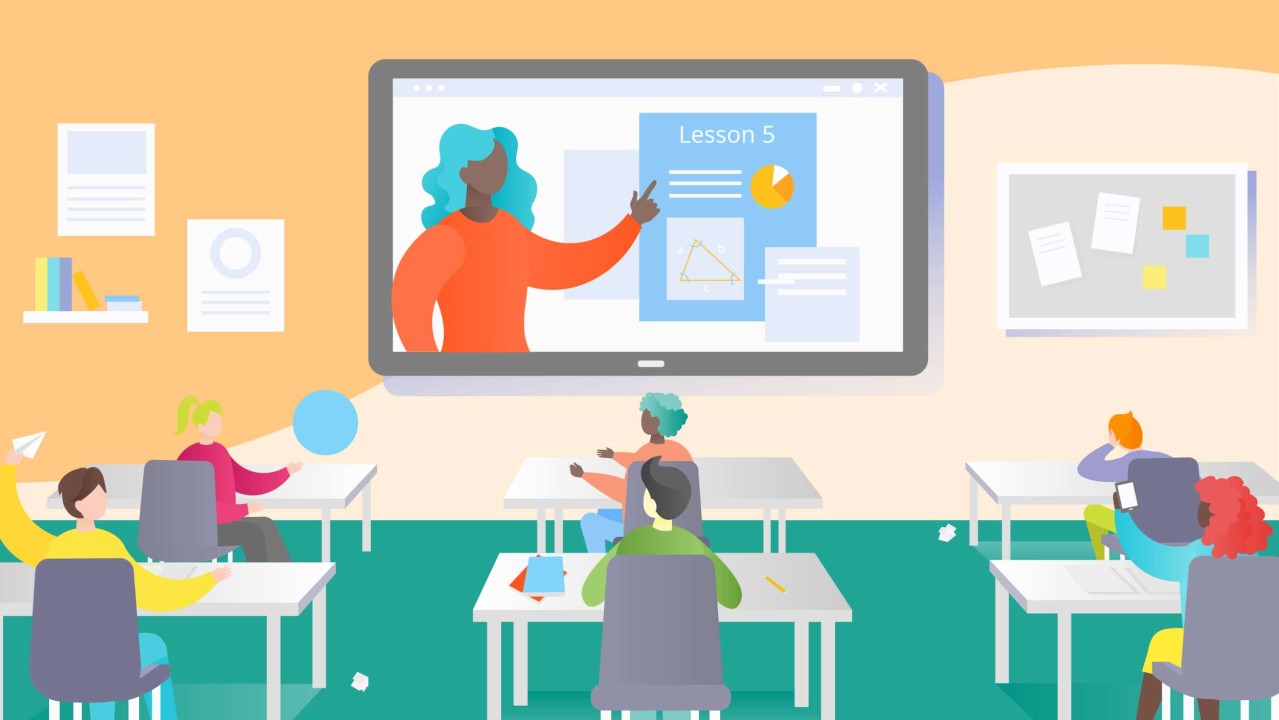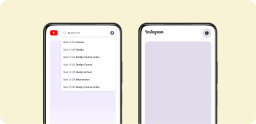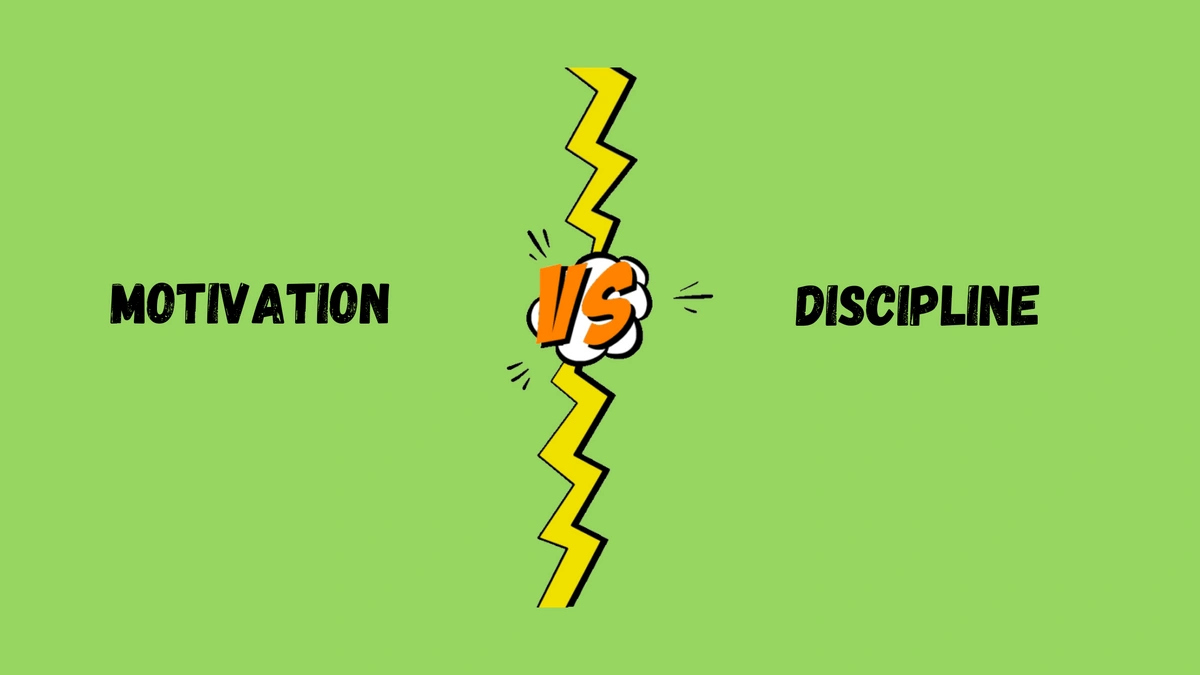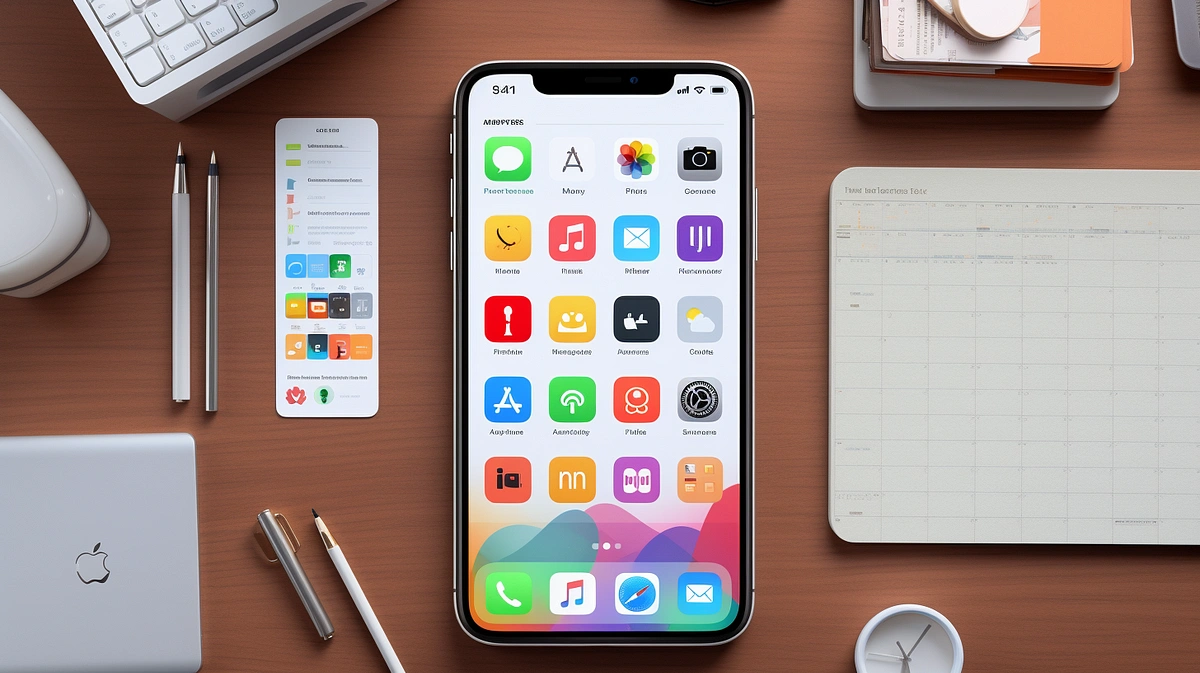Laptops and technology have become a staple in the modern classroom, but so has the debate around whether they are helpful or harmful to students' education. Since technology is here to stay, this blog will take a closer look at the positives and negatives of technology in the classroom and give suggestions for students to help make their technology use as helpful as possible.
Positives of Using Technology in Class
1. Using technology in the classroom can provide more accessibility to education for students with disabilities. With features like text-to-speech, technology provides accessibility that paper and pencil cannot. Also, assistive technology provides equality in class, allowing people with and without disabilities to access education.
2. Technology accommodates different learning styles. Everyone learns differently, but it can be difficult for teachers to teach in a way that accommodates each individual's learning style. However, technology provides lots of options to accommodate every type of learner. While paper and pencil can be limiting, technology provides many ways to learn. So, even if your teacher doesn’t use your learning style, you can still use technology to learn the material in a way that works best for you.
Some examples are:
- Use text-to-speech to hear your notes.
- Watch videos to explain the material visually.
- Use speech-to-text to speak your notes instead of typing them.
- Add images into your notes to help explain different concepts.
- Move your notes around, highlighting, bolding, underlining, and colour coding to organize your notes the way you like.
3. Technology can provide easier note-taking. You must write notes fast during a lecture to get all the information the professor is saying. And, if you are the kind of person who needs to review information after class to retain that information, it is even more crucial that you write everything down. Since lectures are often at a faster pace, writing everything down by hand can make your notes messy and unorganized. Typing notes on a computer allows you to organize your notes easier, and it can be faster than writing by hand. In a recent study, “students indicated that they are much more comfortable taking notes electronically than by hand.” So, using technology in class can make your note-taking easier.
4. Using technology in the classroom gives you practice using technology which is often essential in the workplace. In a recent study, “students saw technology as an integral part of the classroom, pointing out in their survey responses that “technology is the future,” “everything we do revolves around the use of technology.” Technology is everywhere, including in the workplace. Knowing how to use different things like PowerPoint, word, excel, and even social media is now an asset in the workplace. The best way to get knowledge on these platforms is through using them. Using technology in the classroom allows you to have more experience with these platforms to help better prepare you for joining the workforce.
5. It can be easier to stay organized. Once you have written your notes on paper, it can be hard to reorganize them after. Often after a lecture, I found that the way the professor organized the lecture was confusing for me, so I would have to reorganize my notes to make it clearer how the information connected. For written notes, I would have had to re-write everything to reorganize my notes, but luckily, I used my computer for notes, which was simple and took only a few seconds. Also, on your computer, you can have your notes, reminders, a calendar for the course due dates, a to-do list, and an agenda all in one place. For paper, you would have these in separate locations, which can create a bit of disorganization and make juggling multiple classes harder.
Negatives of Using Technology in Class
- Using technology during class can make multitasking easier. In class, going onto other more interesting sites is easy. Although you may feel that you can still pay attention to the lecture while scrolling through your social media feed, shopping online or visiting other off-task sites, you are just distracting yourself from your class. Whether doing another class's work or scrolling through the internet, multitasking negatively impacts your academic performance. Many people believe multitasking is helpful because it allows you to get more work done faster. However, “multitasking—using technology for both class-related and class-unrelated purposes—can result in cognitive overload (Lee, Lin, & Robertson, 2012), causing a decline in the ability to retain and process information during lectures (Risko et al., 2013), and decrease in students’ academic performance (Junco & Cotton, 2012; Rosen, Carrier, & Cheever, 2013).” Since technology makes multitasking so much easier, technology can be harmful to your academic performance.
- Using technology to do things that are off task can distract you and your classmates. Even without technology, people can be distracted. However, technology makes it so much easier to be distracted because, within seconds, you can be on a distracting site. These sites are always tempting, but it becomes even worse when your lecture is less engaging than the internet. Some studies found that “over 90% of students use technology in class for purposes unrelated to class (Bolkan & Griffin, 2017).” Going onto unrelated websites during class does not only distract you, but it also distracts the people around you. In a recent study, “approximately 49% of students reported that seeing screens of off-task technology users was “somewhat” or “very” distracting.” So, using technology for unrelated reasons in class can distract you and other students, harming the learning atmosphere for everyone.
- Technology affects your ability to focus on less engaging material. Since not everything in school is exciting and the internet is often more stimulating than a boring lecture, many people choose to focus online rather than in the classroom when the material is boring. However, not everything you learn in life can be super engaging, and it is essential to learn how to keep your focus even when something is not exciting. During a study, one professor said: “there is also value in learning how to focus on the tasks that do not spark a lot of interest in students.” This skill of learning how to focus even on the things that are less exciting than the internet will help you at work, where not everything you do will be super engaging, but you will still need to focus. Sometimes work is boring, and learning how to prevent the internet from distracting you when things get boring is essential. Unfortunately, using technology in the classroom often teaches students to seek something more engaging when things are boring.
- Using a laptop in the classroom may reduce your academic performance. A recent study found that “laptops decrease course grades by between 0.14 and 0.25-grade points, or 0.17 and 0.30 standard deviations.” With the distractions and accessibility to multitasking, laptops reduce your focus on your class. Because you are not giving your full attention to the classroom, your learning is affected, which often is reflected in a reduction in grades. So, by allowing yourself to get distracted by technology, your academic performance may be affected.
How Students Can Make the Best Out of Using Technology in the Classroom
- Learn how to regulate your technology use. To prepare for the workforce, you must learn how to manage your technology use. Yes, technology has many positives, but it can also be harmful. Learning how to use technology to benefit you without distracting you is essential for going into the workforce. Since technology is essential in the modern-day workplace, but not everything you do at work will always be exciting, you must learn how to prevent technology from distracting you even from the most boring things. When you are bored in class, try to focus on what your professor is saying instead of distracting yourself from the boredom. By forcing yourself to focus on even the most boring lessons, you will dramatically improve your focus, increasing your chance of success in the workforce.
- Use online productivity tools to help you focus. If you struggle to stay focused in class, try using a productivity tool to help. There are many different online productivity tools, and you can check out the top 7 productivity tools and apps for students to learn about some of our favourites. If you are struggling with staying off social media while in class or studying, try using BeTimeful. BeTimeful is a tool that blocks your social media feed but allows you to use your messaging feature on the platforms. By using BeTimeful, you can take away the distraction of social media while having the peace of mind that if someone needs you, you will still get their messages.
So download BeTimeful today to help technology be a helpful tool in the classroom, not a distraction that reduces your academic performance.
Check out BeTimeful's other resources to help you balance technology with your life:
- Discover the best productivity tips
- Learn how to stay motivated
- Discover top productivity coaches
- Find top time management tools
- Discover ways to stay focused
- Learn about why you can't focus
- Discover why it may be time to quit social media
- Discover ways to quit social media
- How to remove Instagram Feed or how to remove YouTube shorts.
- How to double. your sales as a realtor in half the time? Checkout Top 5 Apps for Realtors to Drive Sales in 2023
Sources:
Neiterman, Elena, and Christine Zaza. “A Mixed Blessing? Students’ and Instructors’ Perspectives about Off-Task Technology Use in the Academic Classroom.” The Canadian Journal for the Scholarship of Teaching and Learning, vol. 10, no. 1, 2019.
Patterson, Richard W., and Robert M. Patterson. “Computers and productivity: Evidence
from laptop use in the college classroom.” Economics of Education Review, 2017, pp.
66-79.






